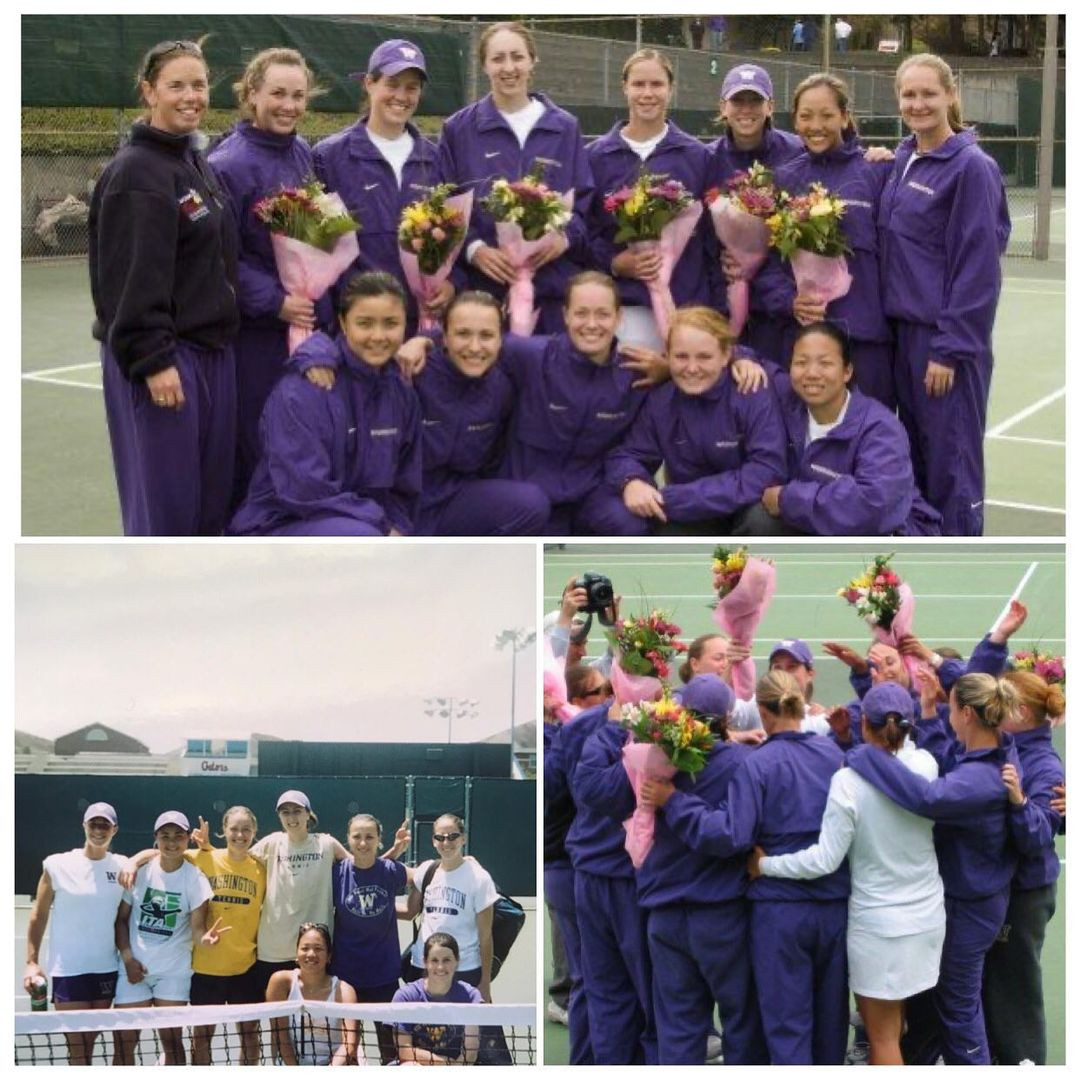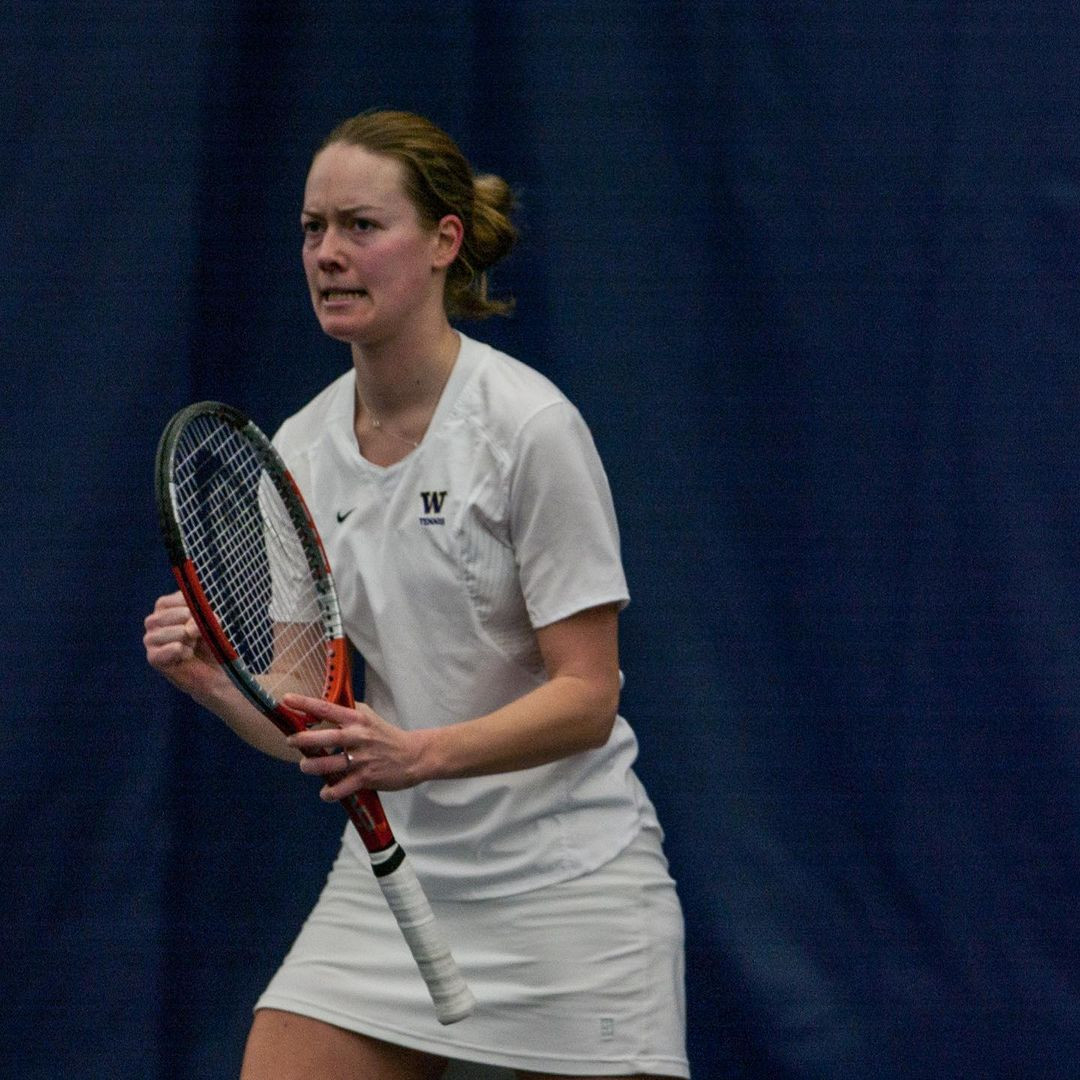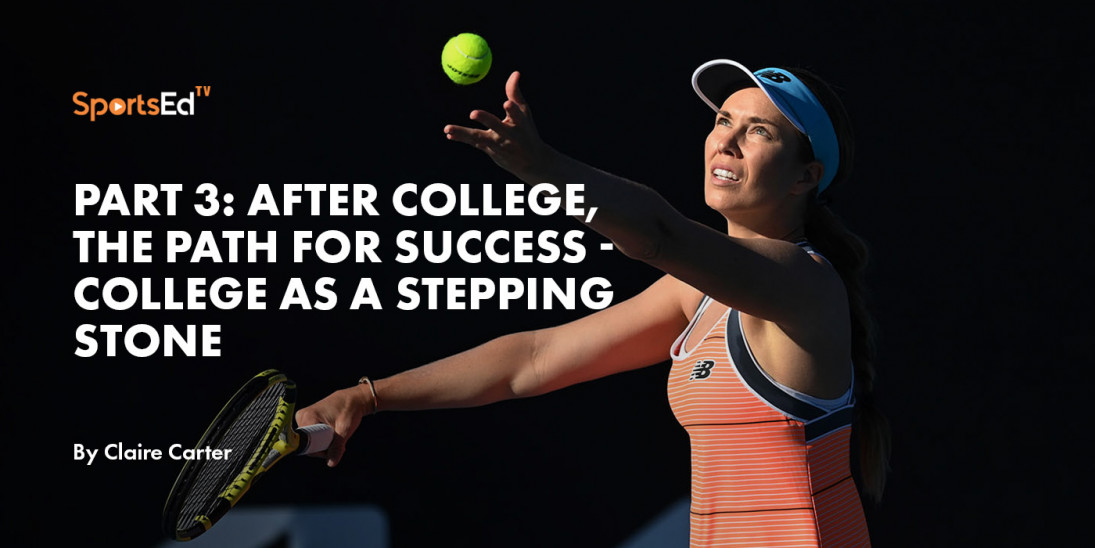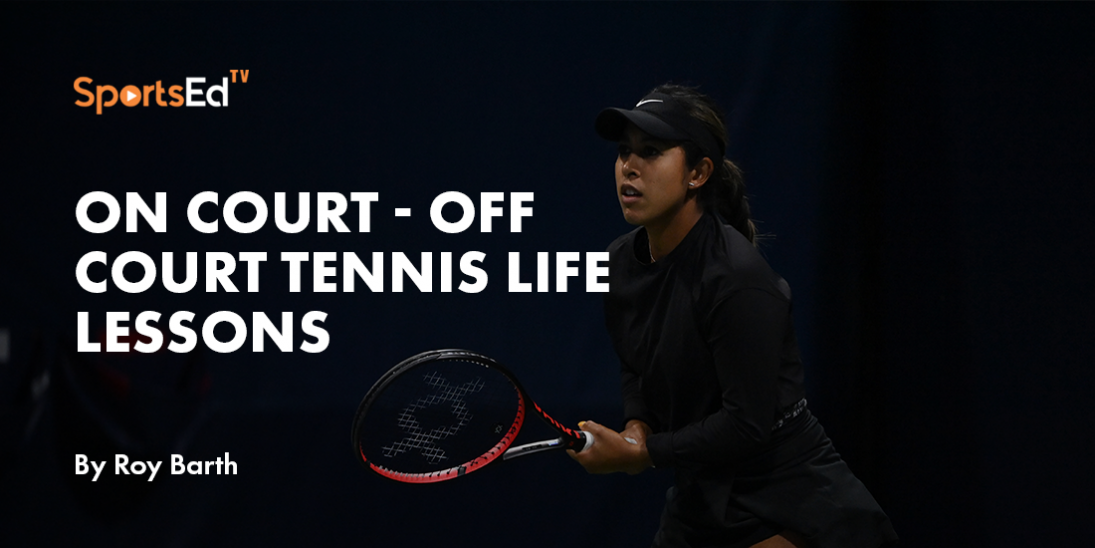Tennis
Welcome and thanks for visiting...

Part 2: During College, the Path for Success - College as a Character Builder by Claire Carter

This is the second part of a three-series blog on college tennis. The first part focused on making the college tennis decision, can be found at: Before College, the Path for Success - College as a Stepping Stone - Part 1.
This segment is focused on the college tennis experience and its benefits.
“It taught me so much: discipline, time management, how to play on a team. For me, team play was something I thrived in. That’s probably one of the reasons I’ve always done so well in doubles. I love being out there with a partner and working together.” These comments from former world doubles number one Lisa Raymond, made to TENNIS.com about her college tennis experience, summarize perfectly what a character-building experience college tennis can be.
The college tennis experience is a fun, educational, and at times hectic whirlwind of learning, fitness, high level tennis, and unique socialization. I’ll start my story with the basic day-to-day schedule of a typical college tennis player.
 University of Washington Tennis Team
University of Washington Tennis Team
While this schedule can vary from college to college, during my time at the University of Washington in Seattle between 2000 and 2004, I typically had classes in the morning. I would then hit the tennis court and work out in the afternoon. Some schools will do fitness before classes or even early practice before classes. It is also common to have practice in the morning and classes in the afternoon then fitness afterwards. Either way it is a long day and this crazy schedule was just the beginning of a character-building adventure!
My typical daily schedule looked something like this:
08:00 am – LOUD ALARM, as I roll out of bed at 8:25 am and sprint to class hahaha
08:30 am – 11:30 am classes
12:30 pm – 03:00 pm tennis practice
03:00 pm – 04:00 pm conditioning/gym
04:00 pm – 05:00 pm training room rehab
05:00 pm – 6:00 pm dinner
06:30 pm – Home time, STUDY hard for many hours!
11:00 pm - 12:00 pm, lights out
Then REPEAT, every weekday!
It’s also helpful to understand the basic structure of college tennis. In the United States, there are approximately 900 college tennis programs! The University of Washington was part of the NCAA Division I Pac 10 Conference, now known as the Pac 12 Conference. College coaches typically select six players to compete from a team squad of 12 players. NCAA Division I teams typically have 8 scholarship positions to give to women and about 4.5 for men. Additional players are “walk-ons” that will usually have to try out. A great resource about the structure of college tennis can be found at https://athleticademix.com/tennis-at-college/
Although the prime “season” of matches between colleges is in the spring, tennis is a year-round sport, even in college. While some college sports have an “off season,” tennis does not. The typical number of matches a college player will compete in over the course of a year can easily exceed 50. From when a college tennis player starts school around September with fall practices until school gets out in June, you are either training or competing. Then, tournament and training commitments take up much of the summer. Most college players are sent home with a specific and demanding fitness program and many play a variety of tournaments, including satellites, ITA college series tournaments, and occasionally pro tournaments in their home countries. Another option is summer school to get ahead with your studies or to catch up.
 Claire Carter
Claire Carter
Due to NCAA rules there are periods of time that you are not allowed to practice as a team but you can ask the coach to hit. However, the coaches often cannot host mandatory practices. My college was part of the quarter system so we had four quarters (fall, winter, spring, summer) broken into 10 week segments. Many colleges are on the semester format (fall and spring), consisting of 15 week terms.
The fall season typically involves individual NCAA-sanctioned tournaments. In the winter and spring, schools will be involved in “dual matches” against each other. These may be within the same conference, known as conference matches, or against schools of another conference, known as non-conference matches. A highlight of the spring seasons would usually end with the prestigious Ojai individual tournament, where past winners include Arthur Ashe, Stan Smith, Dennis Ralston, Patrick McEnroe, Bob Bryan, Steve Johnson, Nicole Gibbs, and Jennifer Brady. NCAA would be the final competition of the season “The Big Dance’ as we called it.
An example of a current NCAA Division I competition schedule can be found at: 2020 -2021 Women's tennis schedule.
Of course one of the most significant adjustments from junior tennis to college is the team environment. The format is different. In a dual match, when I played college tennis, the team winning at least two out of three doubles matches earned one point and then each of six singles matches was worth one point. This has changed and now the match is complete when a team first wins four points. Doubles used to be a pro-set with ad points, now it is one set with no ad. The team pressure is also different. I loved the team environment and relished the opportunity to play the deciding match when the teams were tied at three points each.
Add to this adjustment the need to focus on high level academics as well. Going from putting almost all of my focus on junior tennis, including playing junior Wimbledon, to being a college athlete was definitely a change for me. Each year of college had its own distinct character. The freshman year is very much a rookie’s “learning as you go” experience. I grew as a result of learning a new culture as I lived away from home and England for the first time, from the freedom and from the responsibility to carefully manage my diet. Overall I loved the very social atmosphere and having 11 instant friends from the tennis team. Sophomore years are often characterized by a “slump” so it’s important to stay focused, train hard, and avoid any complacency. Juniors have an important opportunity to mentor lowerclassmen. Then, finally, senior year affords the opportunity to be a team leader and for me meant being team captain, which I greatly enjoyed.
After one match at the notoriously tough Stanford team in Palo Alto, after a long rain delay, our coach told the team, “Well, notice how Claire took a one-hour nap before her match and won, so maybe we should all consider that strategy.” This comment is one of the most memorable from my college tennis career and symbolizes so much about what was significant about my experience.
First of all, my “nap” was hardly strategic. I was simply tired from all the hard work, travel, and juggling of academic and athletic priorities — so I fell asleep the minute I started studying while we were waiting for our match! My teammates joked with me on many occasions that I might fall asleep again when I opened my book to study!
It was a reminder that college is indeed a lot of work. At times balancing classwork and tennis was challenging but I also felt like I had a great support network. At one point in my freshman year, my doubles partner literally pulled a syllabus out of my notebook to walk me through what I needed to do and when encouraging me to stay focused on my education as much as my tennis. Again, another opportunity to build character and tough out the academics with the same seriousness that I had always taken tennis. This support network extends to nutritionists, psychologists, tutors, and physical therapists as well as your coaches and teammates.
This support continues in many ways on the academic side. In many American schools, you don’t need to declare a major before starting school, which gave me some freedom to explore different areas of study before settling on psychology as a major. Athletes often get priority in registration, making it easier to get classes you want and may need for your major. The notion of a “team GPA” (an average of the grade point averages of all of the team members), important at many schools, creates some incentive to do well in school.
The tennis-related travel, often requiring tennis teams to leave campus on a Wednesday or Thursday for a weekend dual match, results in many missed classes. Tutors are available if and when needed and were available at the University of Washington to take notes in class when the tennis team was on the road. In general, I found my college professors to be supportive, although some I feel required athletes to work harder as if to prove that they were in college for more than just sports. I made a habit of going to office hours for professors and teaching assistants, which helped me not only learn the material but also demonstrate that I was interested, wanting to learn, and willing to put in the effort.
I graduated in four years with a B.A. in psychology, a degree which, looking back on it now, has been relevant not just in my tennis but in my post-college work career as well. Being a college athlete helped me develop skills that have helped me throughout my life and career, in addition to being looked upon favorably by employers.
I’m thankful to the University of Washington and everyone involved in my college tennis career. Work-life balance, leadership, work ethic, being a team player, resiliency, balancing priorities, and dealing with competitive environments are all valuable life skills that college tennis helped me develop. It was a wonderful, character-building experience, and I highly recommend it!





